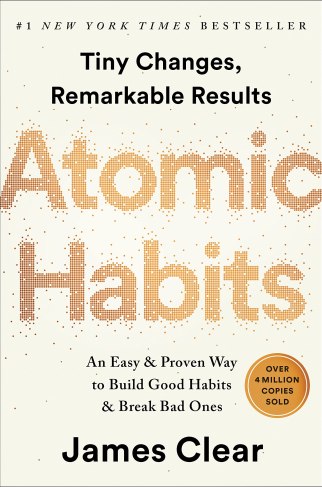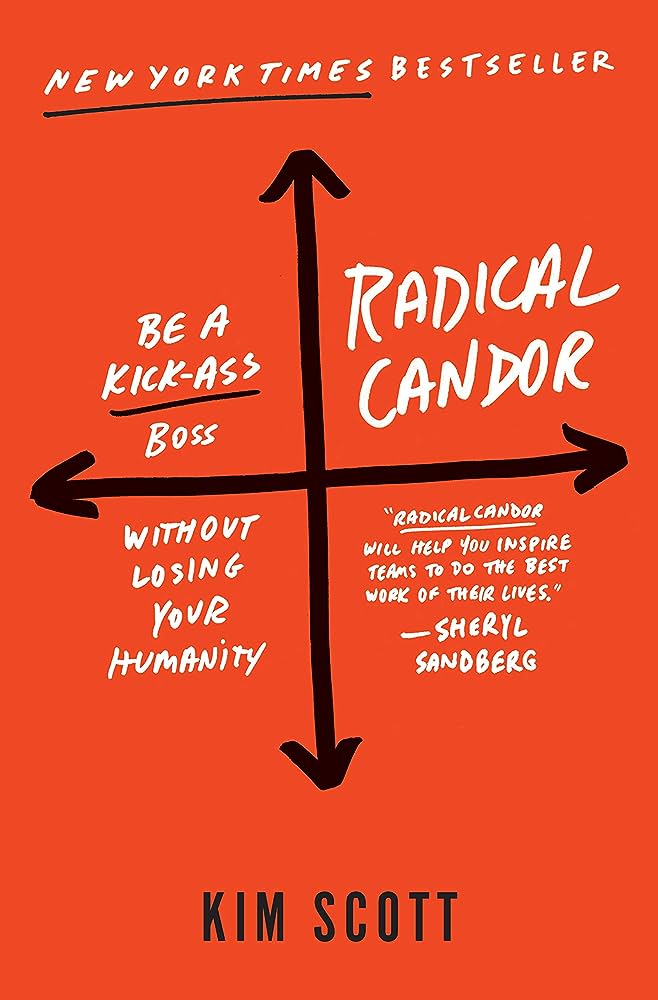Consistent small actions can lead to substantial change over time

Atomic habits by James Clear is a book about how (and partly why) to develop habits. It offers a structured method for cultivating, maintaining and changing habits. This can range from working practices, to how you communicate, or exercise.
The main concept is that, if you are seeking to make improvements (or change), it can be achieved through daily 0.01% growth compounded over time. Small steps that make you a little better than yesterday, when repeated, lead to big developments when given long enough. In order to achieve this, you must develop consistency in performing the actions that cause the growth. For example, if you want to learn a new language, you need to find a way to make it a habit to do 10 minutes of practice each day. Once it becomes an automatic part of your daily routine it will no longer feel difficult to sit down and start practice. So, the key is to entrench your desired behaviours as habits.
To make a new (good or desired) habit:
- The habit must be so obvious it is unavoidable
- Become aware of (all) your current habits, this will require substantial conscious effort to log them
- Use location (e.g. in the kitchen) and time (e.g. 7am) as triggers
- Use “habit stacking” as a trigger
- This allows you to knit together a new habit to one you already do
- For example: “once I have done x, then I will do y”
- Combine the above so: at 7am, when I go into the kitchen, after I boil the kettle I will do 10 press-ups
- Put cues in the environment to increase the visibility of the habit (for example, if you were trying to cut down on caffeine, hide the coffee and put green tea next to the kettle)
- There needs to be sufficient reward to desire to do it
- Combine the new action you want to do with something you need to do
- Join a group where the desired action is the standard culture
- Do something you enjoy after the action to reinforce the habit loop
- Remove all barriers to performing the action
- Reduce the number of steps between you and the action
- Make the “decisive moment” easier, as this is often the barrier that determines future actions
- For example, put out your running clothes the night before to make it easier to run the next day. Once you’ve got clothes and shoes on, the running usually follows.
- Simplify your new habit (e.g. fit in 2 minutes)
- Long, complicated habits that are too hard to complete will not be repeated
- It needs to feel satisfying to complete
- Use any form of tracking/monitoring system that is a pleasure (and easy) to fill in
- Never miss a habit twice
- The process to get rid of a bad/unwanted habit is broadly the opposite of the above.
- In addition, consider having an ‘accountability partner’ to watch out for the behaviour you want to stop doing.
- Or make a contract that incurs a substantial cost each time you do it.
Habit formation, dissolution, and renewal is critical to achieving anything in life. As I have discussed before, this doesn’t just apply to work and physical health but also to mental health, spirituality, interpersonal relationships, and your role in the community.
More books like this:
- The compound effect by Darren Hardy
- Awaken the giant within by Tony Robbins
- The power of habit by Charles Duhigg
Useful links:



